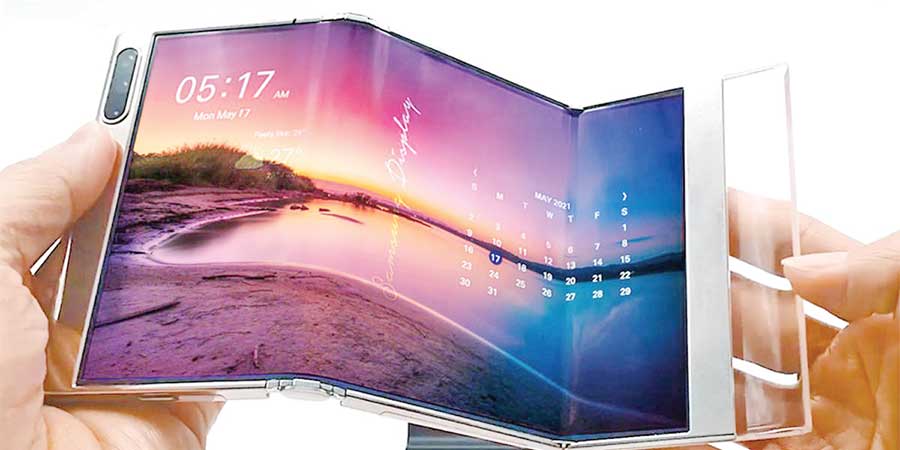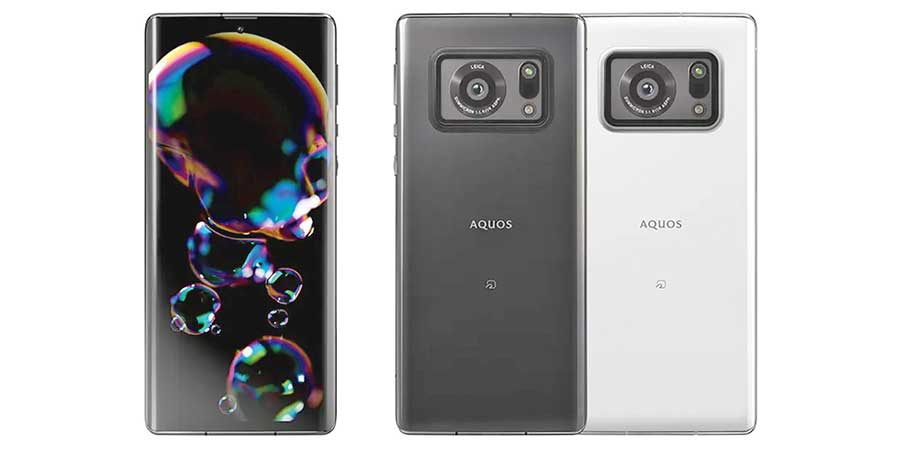MICROSOFT TEAMS NOW LETS SMALL BUSINESSES CHARGE FOR WEBINARS AND MORE
- 23 Mar - 29 Mar, 2024

This year has seen no shortage of rollable display demos from manufacturers, and now Samsung Display is the latest company to show off new concepts for folding and sliding screens. The company calls its first concept S-foldable, with a bi-fold design that opens up to a maximum screen size of 7.2 inches. Samsung Display is also showing two concepts for bigger panels, including a 17-inch foldable OLED that’s tablet-sized when folded and can function as a monitor when unfolded. Finally, there’s a more traditional-looking laptop display; it doesn’t fold or flex, but it does include an under-display camera. Samsung Display is a division of Samsung Electronics, and it produces OLED panels for use by Samsung and other consumer tech manufacturers. So while these concepts may end up in future Samsung products, it’s certainly not guaranteed. The company as a whole hasn’t been shy about embracing foldable technology, getting into the foldable device market early. It may have more company soon; display OEM TCL has shown off its own concepts and says it will bring one to market this year.

It appears that Leica has found a new mobile camera partner, following Huawei’s sanctions-induced retreat from the international smartphone market. Sharp just announced the Aquos R6 in Japan, and its Leica-branded lens sits as what is now the largest camera sensor on any phone. The 20-megapixel 1-inch sensor is similar in specs to what you’d find in Sony’s high-end RX100 compact cameras. It’s only the second 1-inch sensor ever to make its way into a smartphone, and the first to make its way into a phone from a traditional phone manufacturer, Panasonic released the Android-powered CM1 back in 2014, but it wasn’t exactly a mainstream device. The closest any current phone gets to a 1-inch sensor is Xiaomi’s new Mi 11 Ultra, which has a 1/1.12-inch component behind the lens. The Aquos R6’s other big feature is its display, which Sharp calls a Pro IGZO OLED. It’s a 6.6-inch 2,730 x 1,260 panel with a peak brightness of 2,000 nits and a variable refresh rate of 1 to 240Hz. Most Android phones to date haven’t been able to offer OLED displays with truly variable refresh rates that adapt to content in real time and this panel sounds like the most advanced available on any phone right now.
COMMENTS